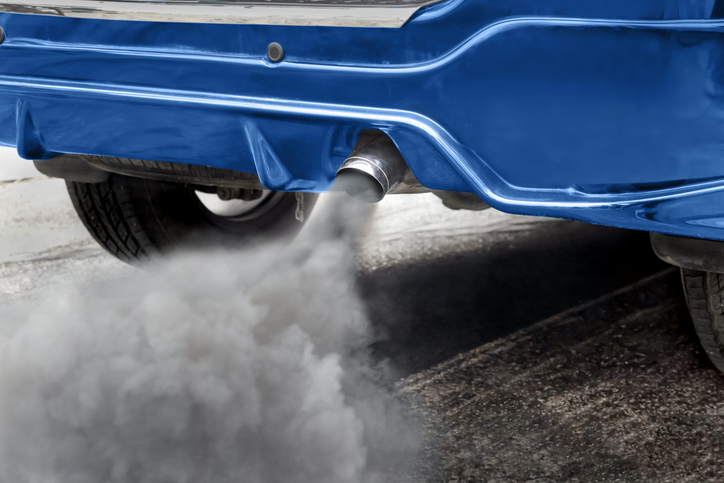What to Look for in a Car Inspection Before Buying a Used Car
Buying a used car can be a great way to save money on a vehicle, but it can also be risky if you’re not careful. One of the most important things to do before purchasing a used car is to have it inspected. A car inspection can uncover any hidden problems or issues that the seller may not have disclosed. In this article, we will discuss what to look for in a car inspection before buying a used car.
Mechanical Inspection:
The first thing to consider when inspecting a used car is its mechanical condition. This includes the engine, transmission, brakes, suspension, steering, and exhaust system. A certified mechanic can inspect the car and identify any issues with these components. Here are some specific things to look for:
- Engine: Check the engine’s oil level and look for signs of leaks. Listen for any unusual noises coming from the engine, such as knocking or ticking.
- Transmission: Check the transmission fluid level and look for any signs of leaks. Test drive the car to ensure that the transmission shifts smoothly.
- Brakes: Check the brake pads and rotors for wear. Test the brakes to ensure that they stop the car quickly and smoothly.
- Suspension: Look for signs of wear or damage to the shocks and struts. Test the suspension by pushing down on each corner of the car and listening for any unusual noises.
- Steering: Check the steering system for any looseness or play. Test the steering by turning the wheel and listening for any unusual noises.
- Exhaust System: Look for signs of rust or damage to the exhaust system. Listen for any unusual noises coming from the exhaust.
Body Inspection:
In addition to the mechanical inspection, it’s important to inspect the car’s body for any signs of damage or rust. Here are some specific things to look for:
- Paint: Check the paint for any scratches or dents. Look for any areas where the paint has been touched up, which could be a sign of previous damage.
- Body Panels: Inspect each body panel for any signs of damage or rust. Look for any uneven gaps between the panels, which could indicate previous repairs.
- Undercarriage: Inspect the undercarriage of the car for any signs of rust or damage. Look for any leaks or signs of previous repairs.
- Tires: Check the tires for wear and ensure that they have sufficient tread depth. Look for any signs of uneven wear, which could indicate alignment issues.
- Lights: Test all of the lights, including the headlights, taillights, and turn signals, to ensure that they are working properly.
Buying a used car can be a great way to save money, but it’s important to be careful and thorough when inspecting the car. A comprehensive car inspection can help you identify any hidden problems or issues with the car before you make a purchase. Look for a reputable mechanic who can provide a thorough mechanical inspection, and be sure to inspect the car’s body for any signs of damage or rust. By taking these steps, you can make an informed decision and ensure that you’re getting a reliable and safe vehicle.
Have you been classed in Auto insurance as a high-risk driver in Ontario? Visit the High Risk Auto Pros online and get an instant car insurance quote.
Are you a Business Owner? Perhaps you’re a business owner looking for commercial insurance? Public Liability, Commercial Vehicle Insurance… Get the right Business insurance for your company. Request a quote today from the Commercial Insurance Pros.





